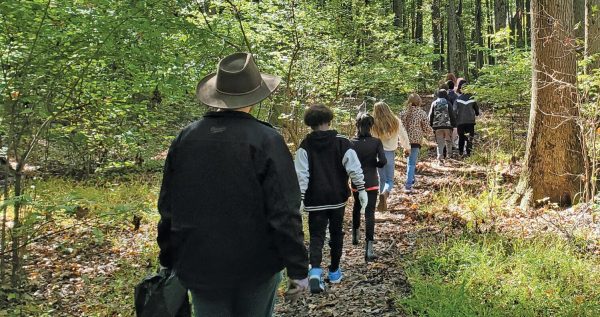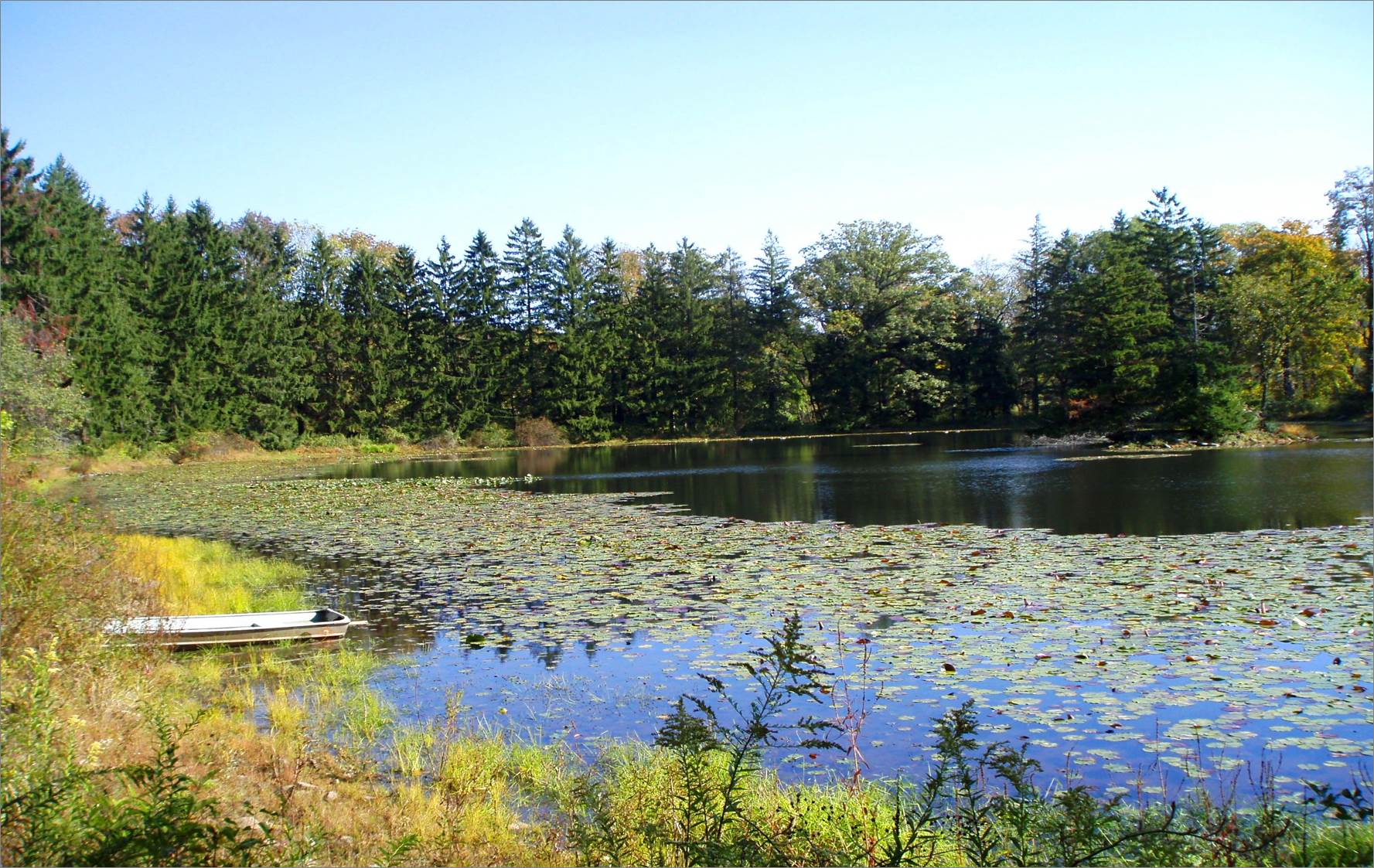
Project: Join us for this week’s Fridays in the Forest workday at Quakertown Swamp for forest edge maintenance. Where the forest meets the meadow, known as an ecotone, is prime habitat for species such as indigo buntings and cedar wax wings, along with a plethora of other species. A wavy forest edge provides more habitat […]
Read More…
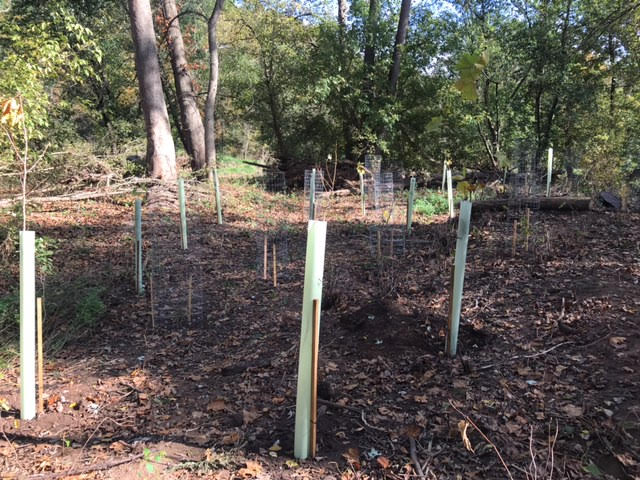
Join us for this week’s Fridays in the Forest workday at the Lindsay Preserve for live stake-cutting and planting. Completion of our autumn tree planting depends on the addition of live tree stakes. Broken limbs from certain trees have the ability to sprout roots after being embedded in soil – a process known as ‘fragmentation.’ […]
Read More…
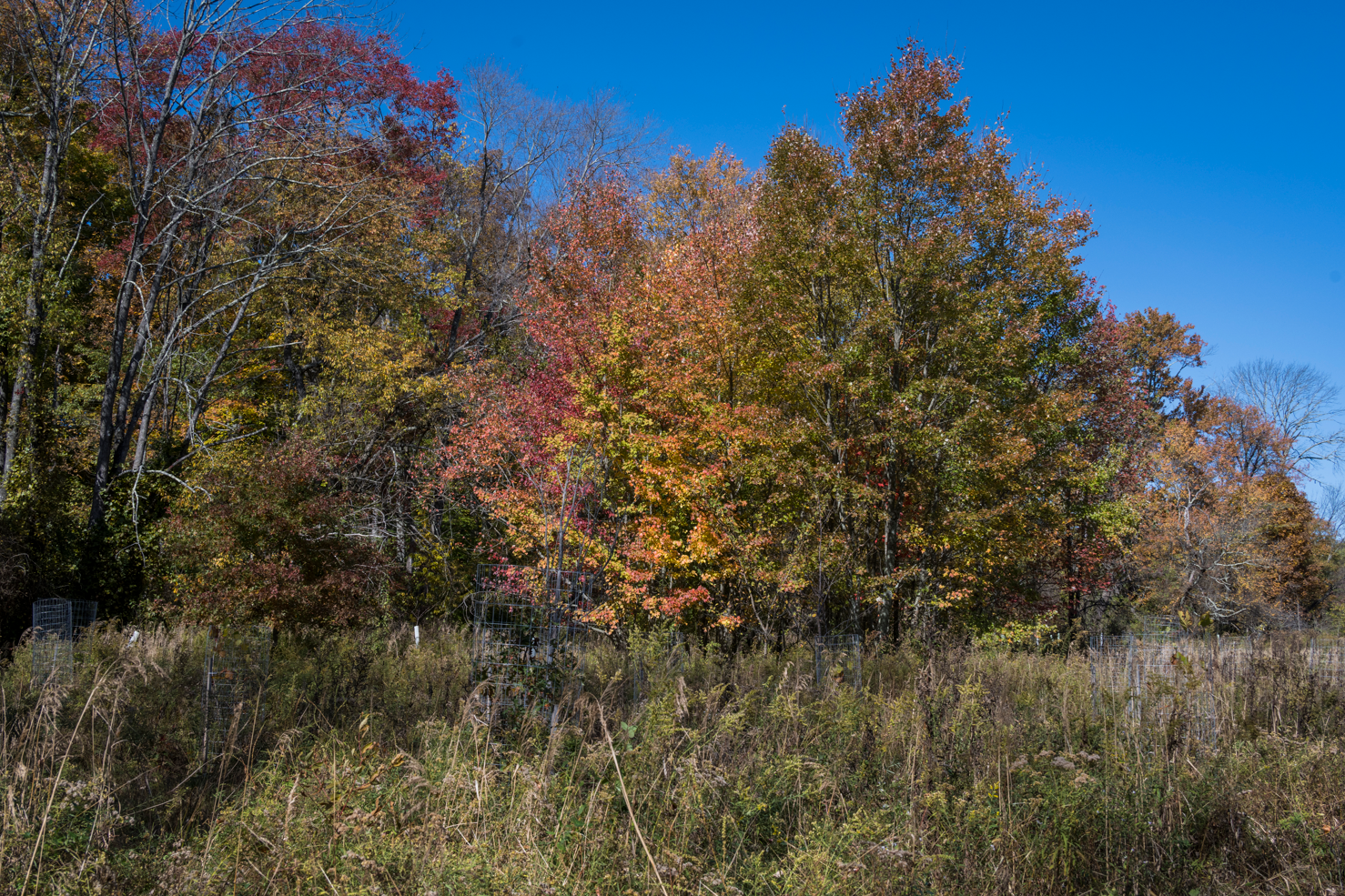
Join us for this week’s Fridays in the Forest workday at the Russell-Mandel Preserve for invasive plant management. Forested riparian buffers stabilize stream banks, reduce erosion and sedimentation, filter runoff, regulate water temperature, and moderate flooding. We’ve been evaluating our properties’ riparian forests and have chosen Russell-Mandel as the next site for restoration. This will […]
Read More…

Join us for this week’s Fridays in the Forest workday at the Pursell Preserve for juniper forest preservation. Juniper forests provide tremendous cover from disturbances and severe weather. An abundance of berries also provides a reliable food source for winter birds. This habitat is transitory and eventually gives way to taller growing hardwoods. We, however, […]
Read More…
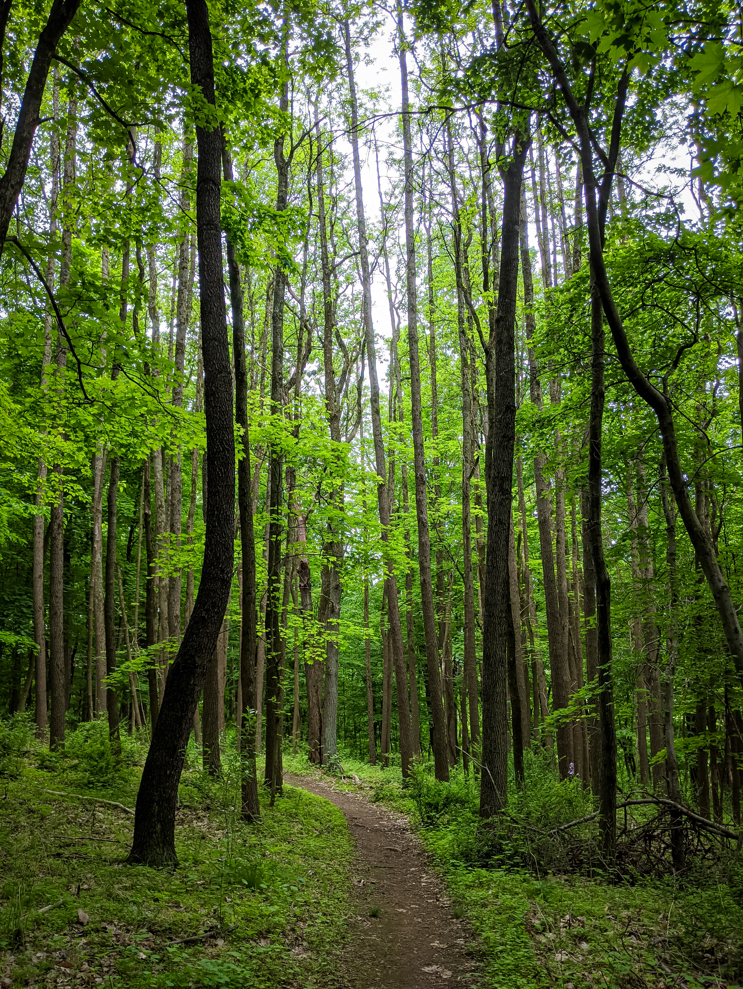
Join us for this week’s Fridays in the Forest workday at the Pursell Preserve for juniper forest preservation. Juniper forests provide tremendous cover from disturbances and severe weather. An abundance of berries also provides a reliable food source for winter birds. This habitat is transitory and eventually gives way to taller growing hardwoods. We, however, […]
Read More…
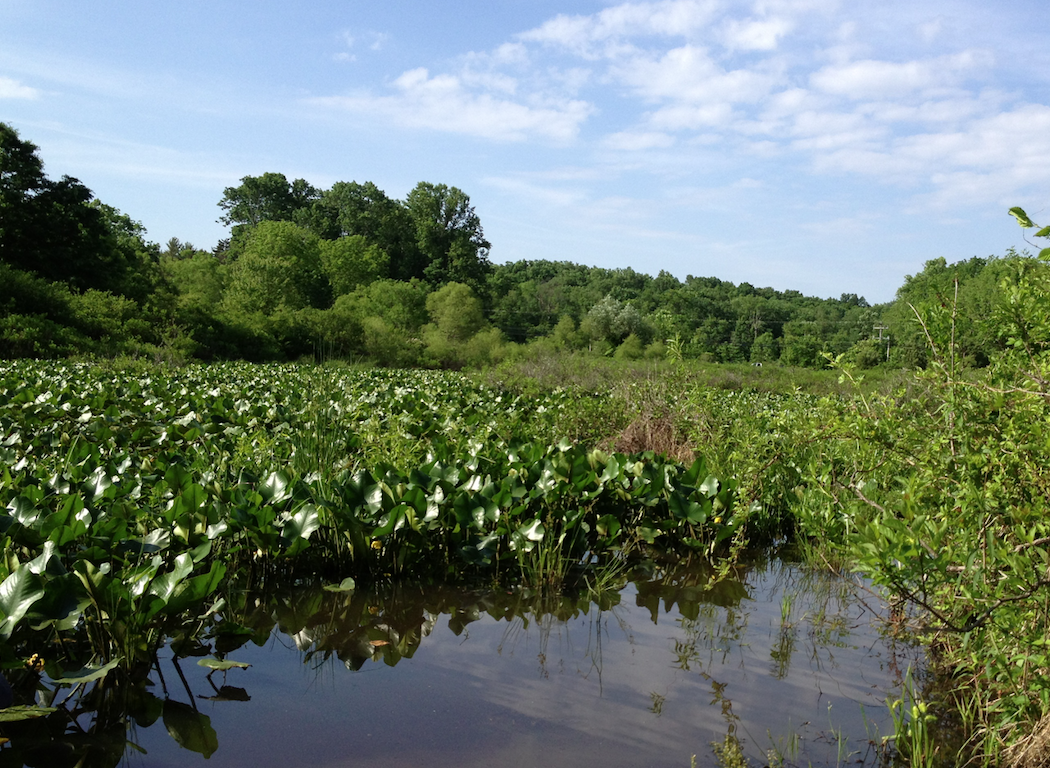
Join us for this week’s Fridays in the Forest workday at Quakertown Swamp for forest edge maintenance. Where the forest meets the meadow, known as an ecotone, is prime habitat for species such as indigo buntings and cedar wax-wings along with a plethora of other species. A wavy forest edge provides more habitat by linear […]
Read More…
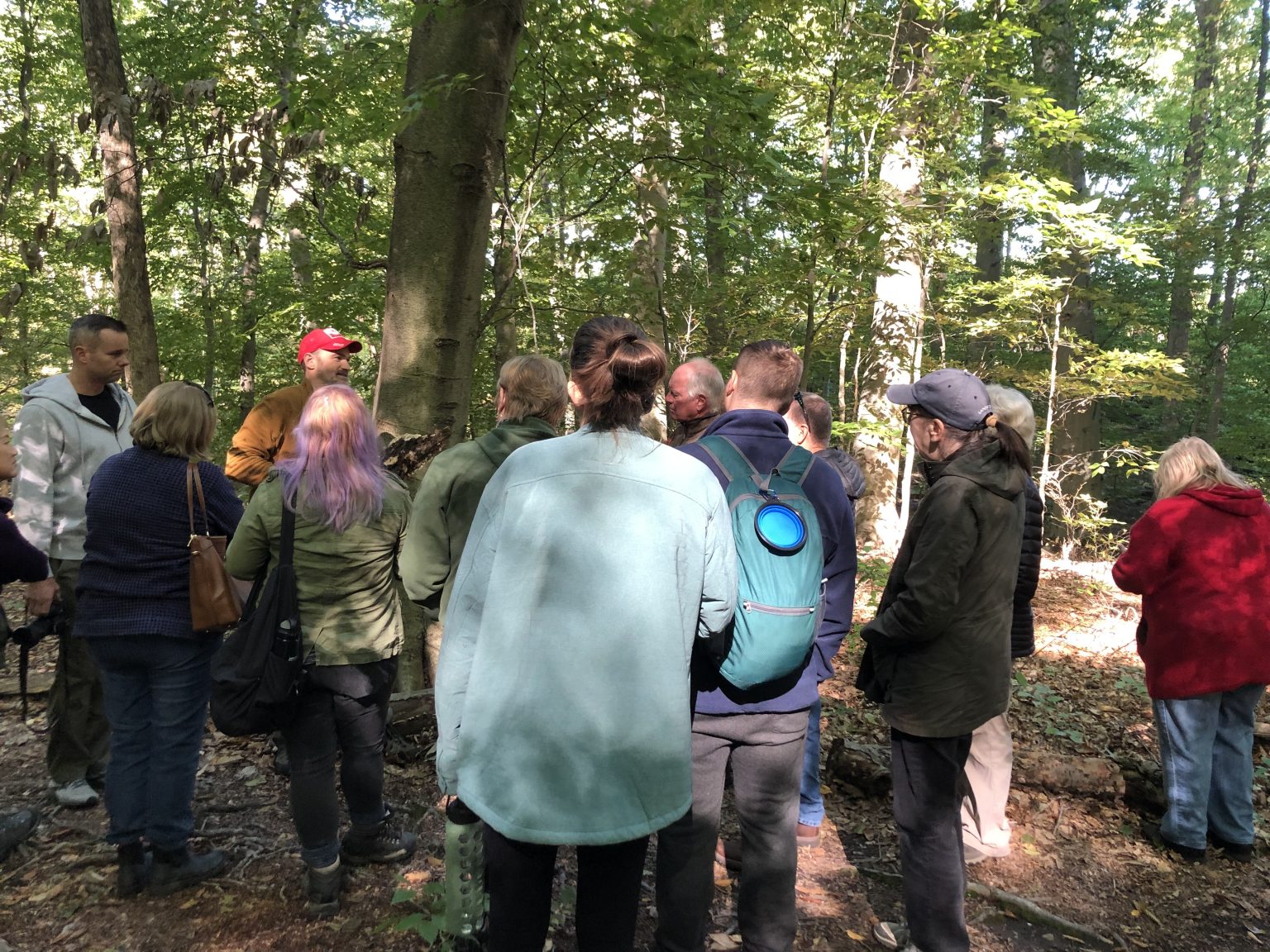
Join us for this week’s Fridays in the Forest workday at Hart’s Woods for tree and shrub cage maintenance! Many years of riparian buffer plantings have resulted in hundreds of tree cages and tubes installed on our properties. These deer protection structures need maintenance several times a year. We will be checking to make sure […]
Read More…

Join us for this week’s Fridays in the Forest workday at Quakertown Swamp for shrubland habitat restoration! Shrubland habitat-dependent species require a mosaic of shrubs, trees, and herbaceous cover. We will be cutting out excessive trees that are trying to overtake the field using chainsaws, brush cutters, and hand saws. Work level: Moderate to strenuous […]
Read More…
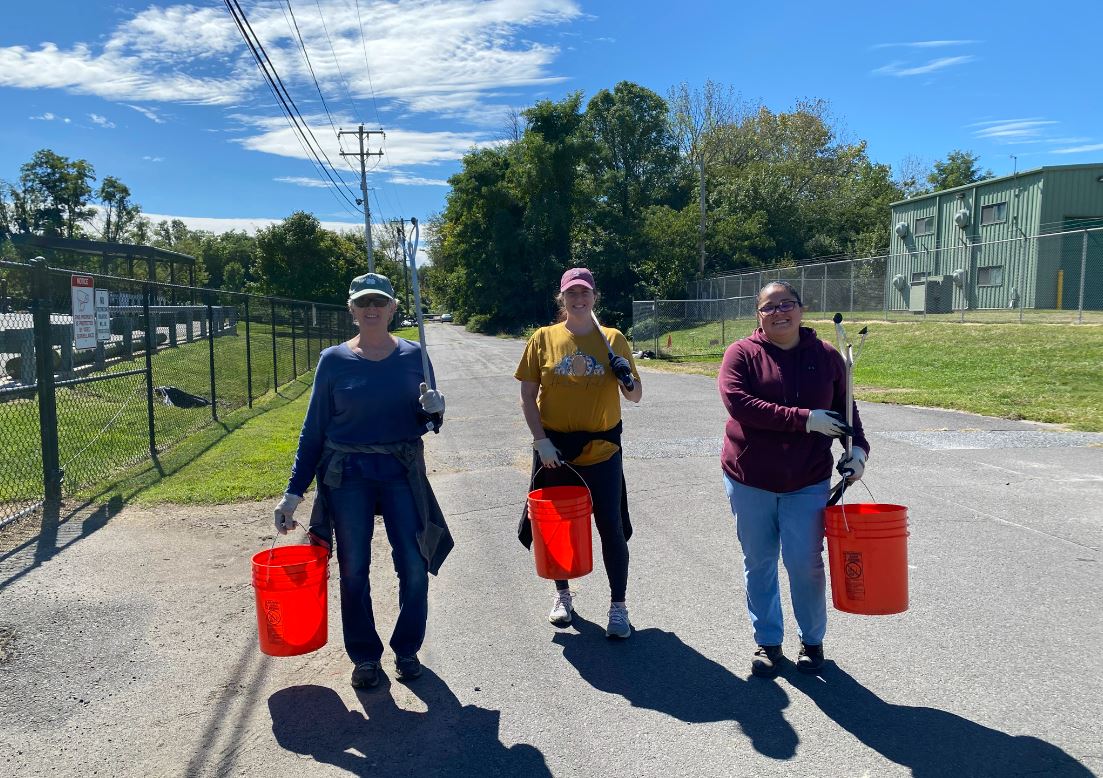
Help Heritage Conservancy clean up trash at Bristol Marsh Nature Preserve for the MLK Day of Service. The more trash we collect, the less will get washed into our waterways! Volunteers must pre-register with Melissa at mlee@heritageconservancy.org or 215-345-7020 x120, complete a volunteer and attendance waiver, and comply with all procedures designed to reduce the […]
Read More…
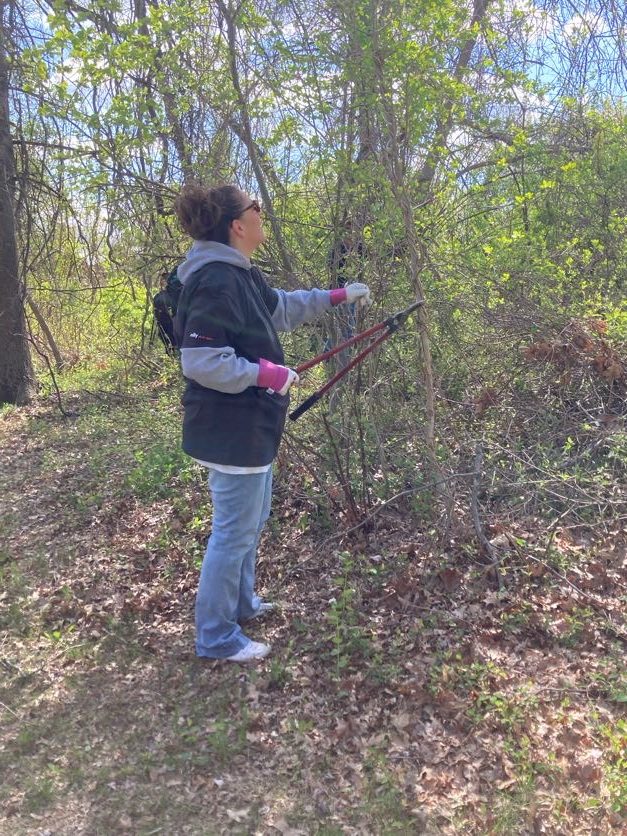
Join us for this week’s Fridays in the Forest workday at Jackson Pond Preserve for tree and shrub cage maintenance! Many years of riparian buffer plantings have resulted in hundreds of tree cages and tubes installed on our properties. These deer protection structures need maintenance several times a year. We will be checking to make […]
Read More…










